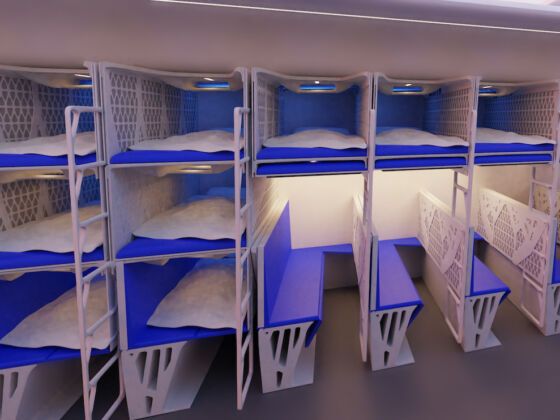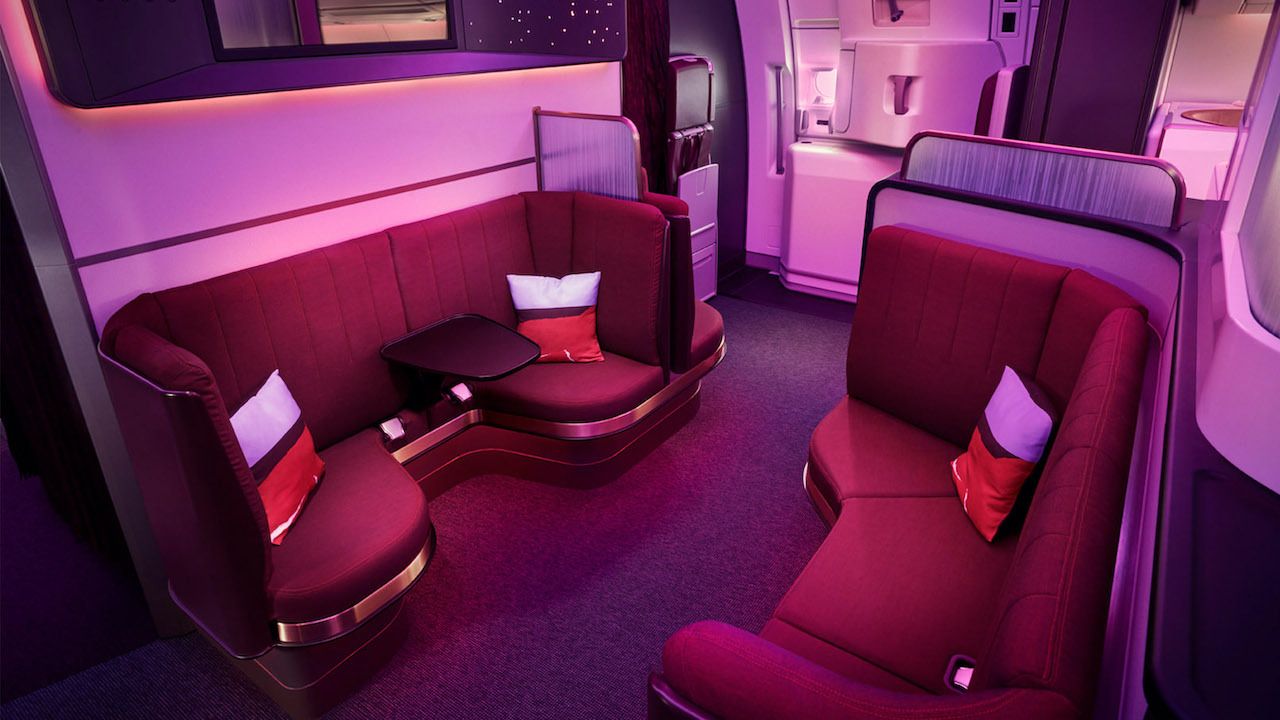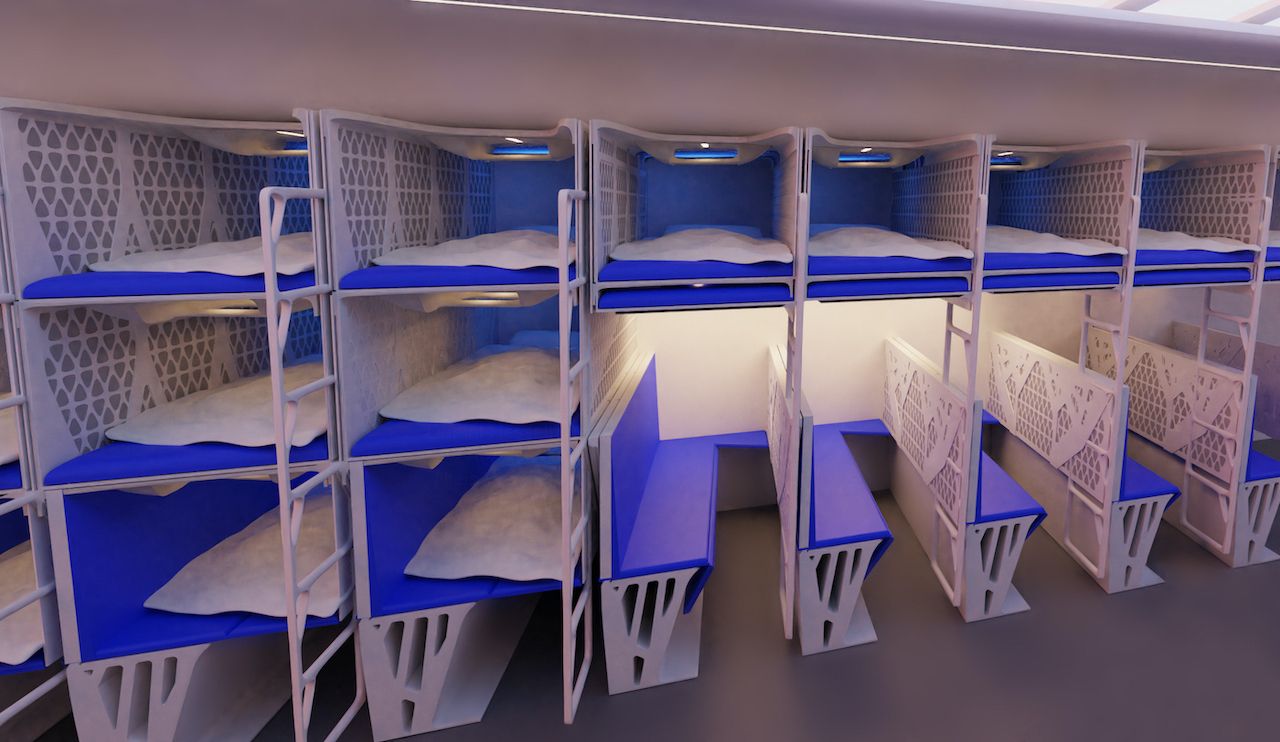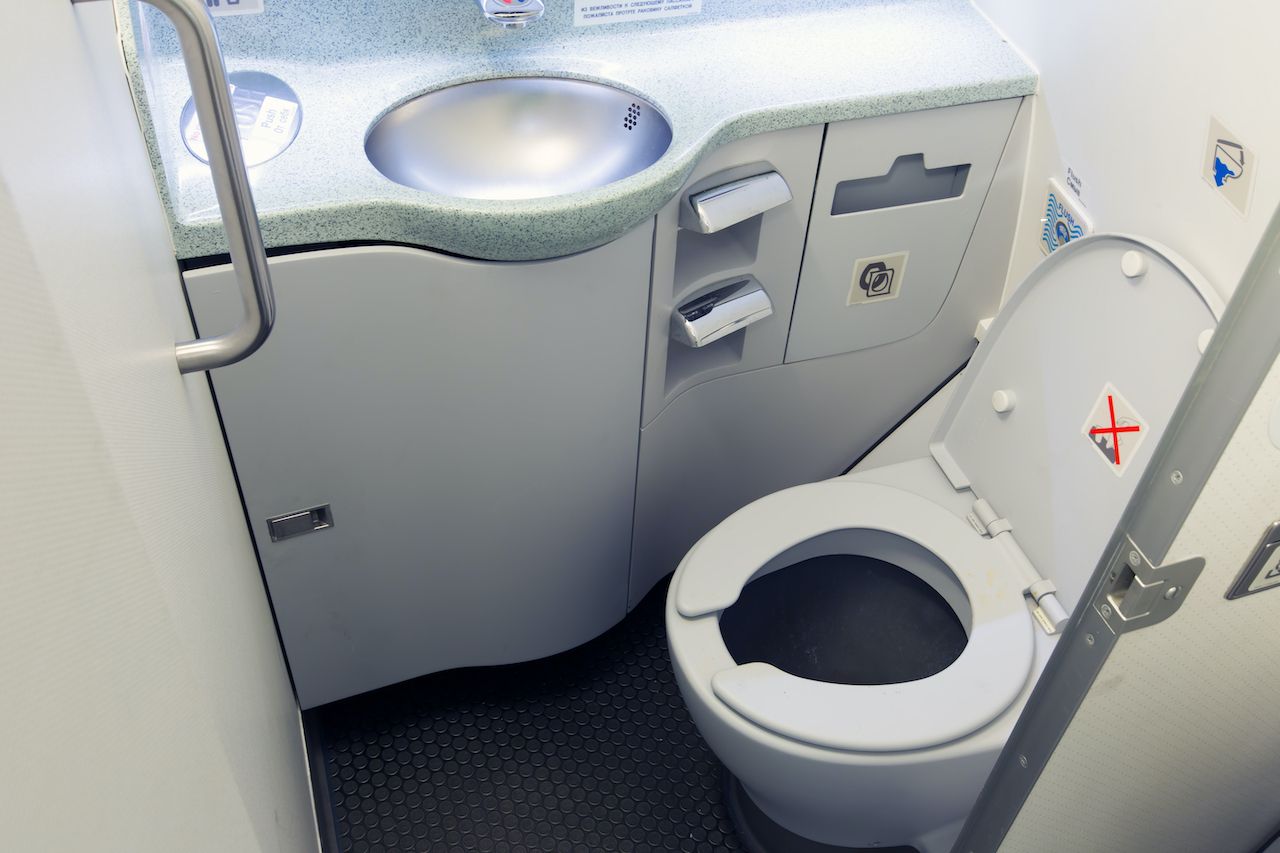Although the airline industry took a serious hit in 2021, flying is far from dead, and innovations in the field of airplane cabin designs are constant. New concepts are being devised to make flying more comfortable, efficient, and environmentally responsible, from collapsible beds to sustainable food trays. The Crystal Cabin Awards highlight the most innovative and exciting ideas out there. The shortlist was initially announced in January 2020 though COVID-19 delayed the ceremony by a year. Finally, the designers were honored at a long-overdue virtual ceremony this week.
Carmen Krause-Bösterling, the project director at the Crystal Cabin Award Association, told CNN, “If the demand for air travel is to increase again, what is needed now are convincing ideas that inspire passengers in equal measure and give them a good feeling, how an industry is responding to the challenges of our time.”
The following are some of the coolest ideas from the Crystal Cabin Awards that we selected:





